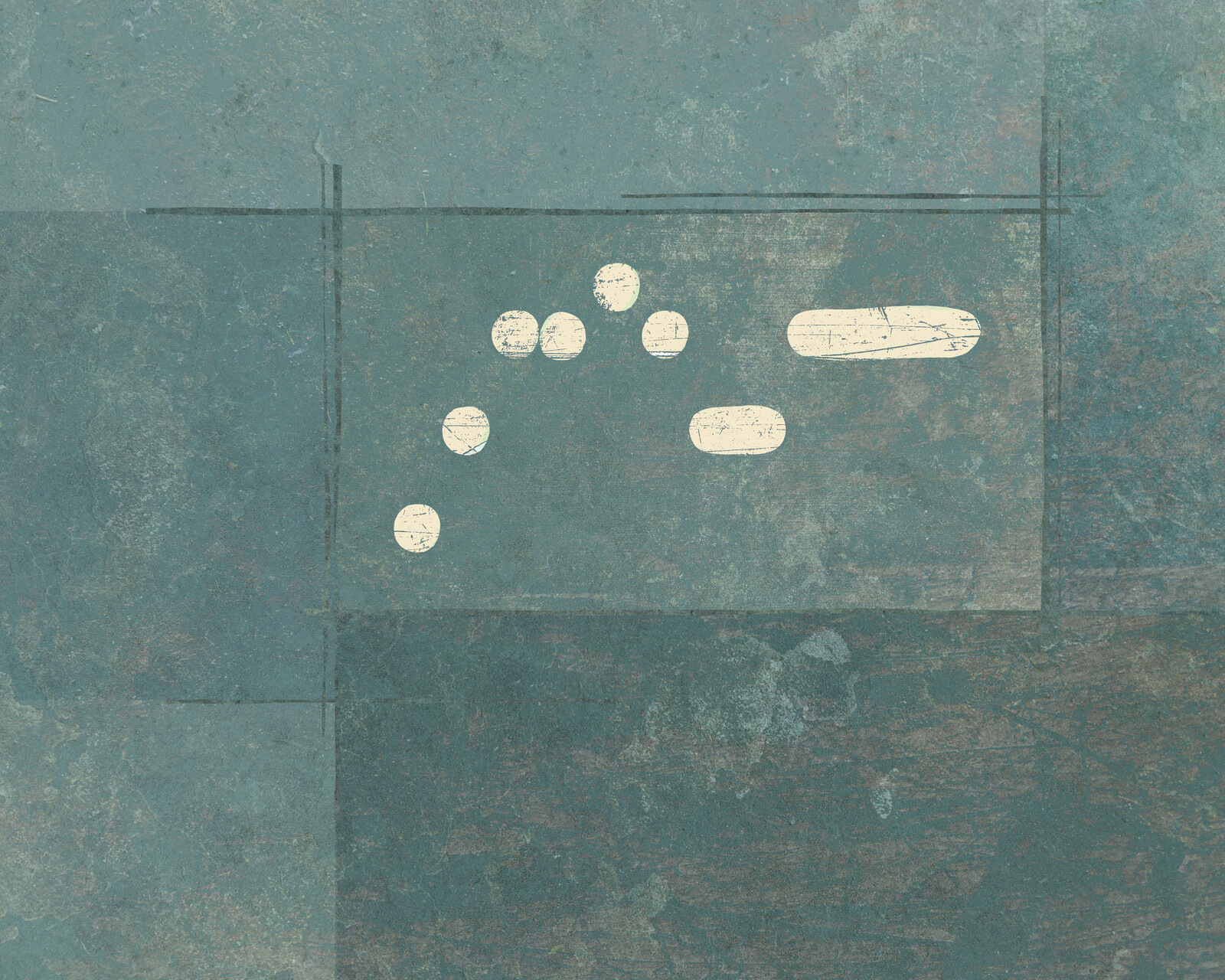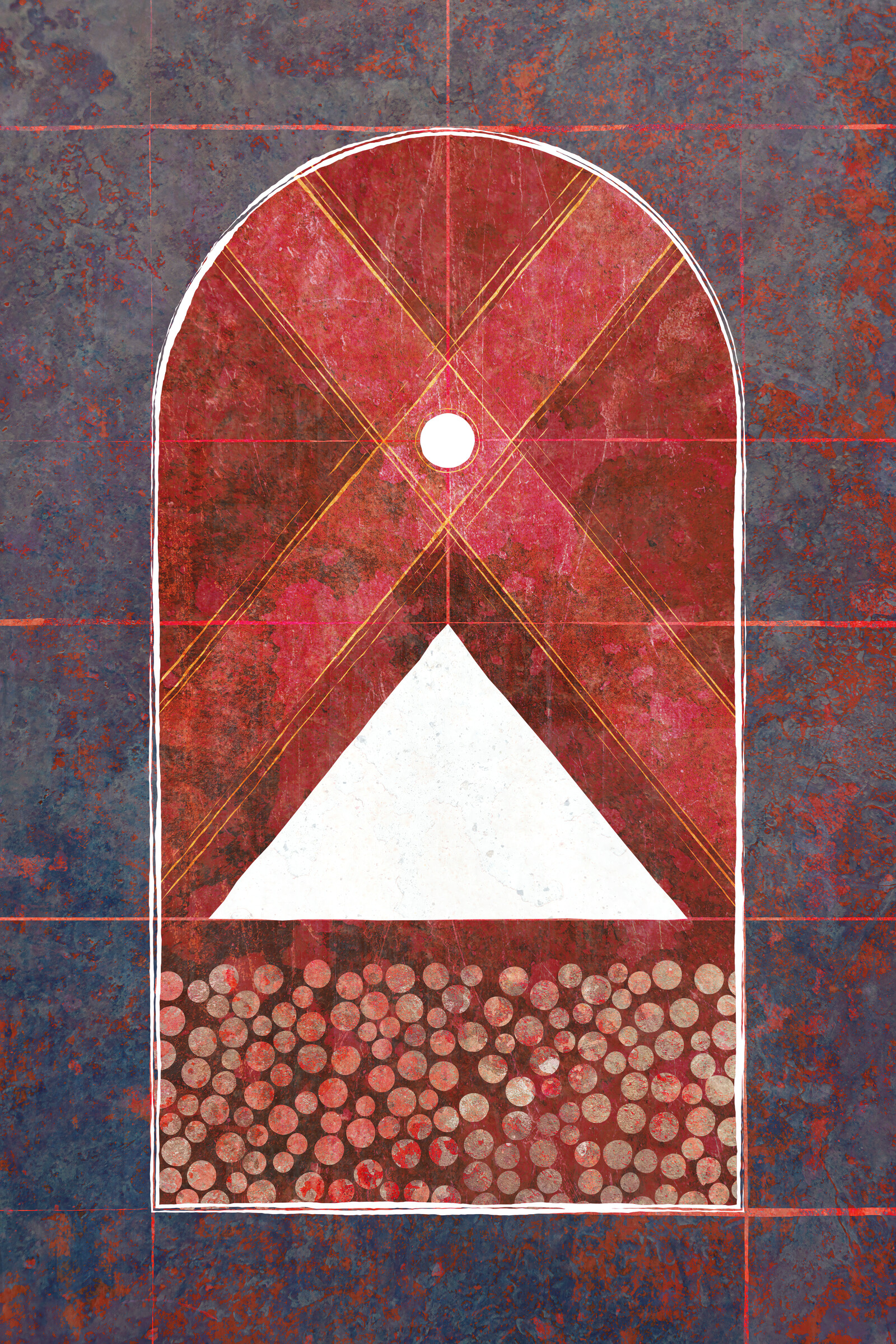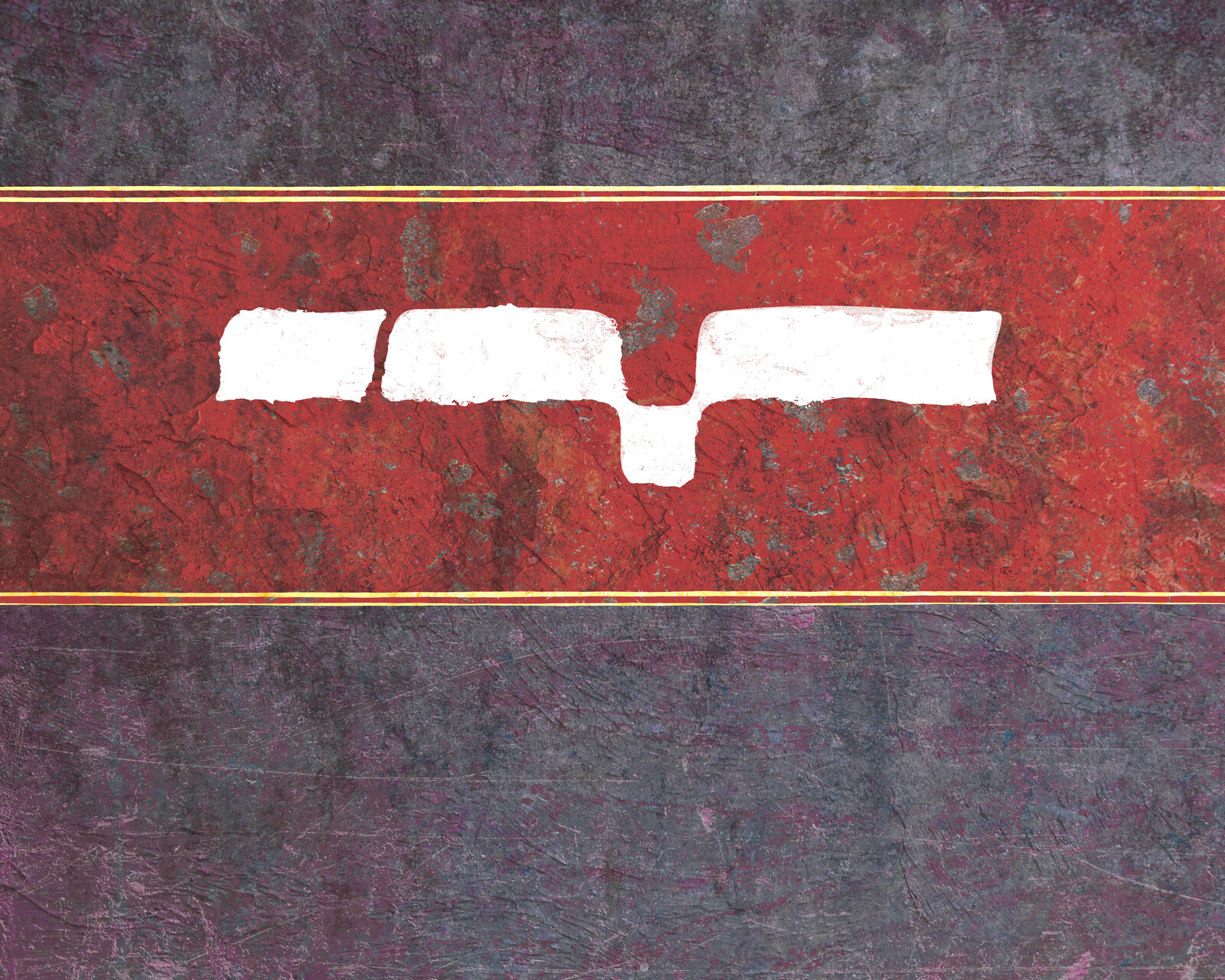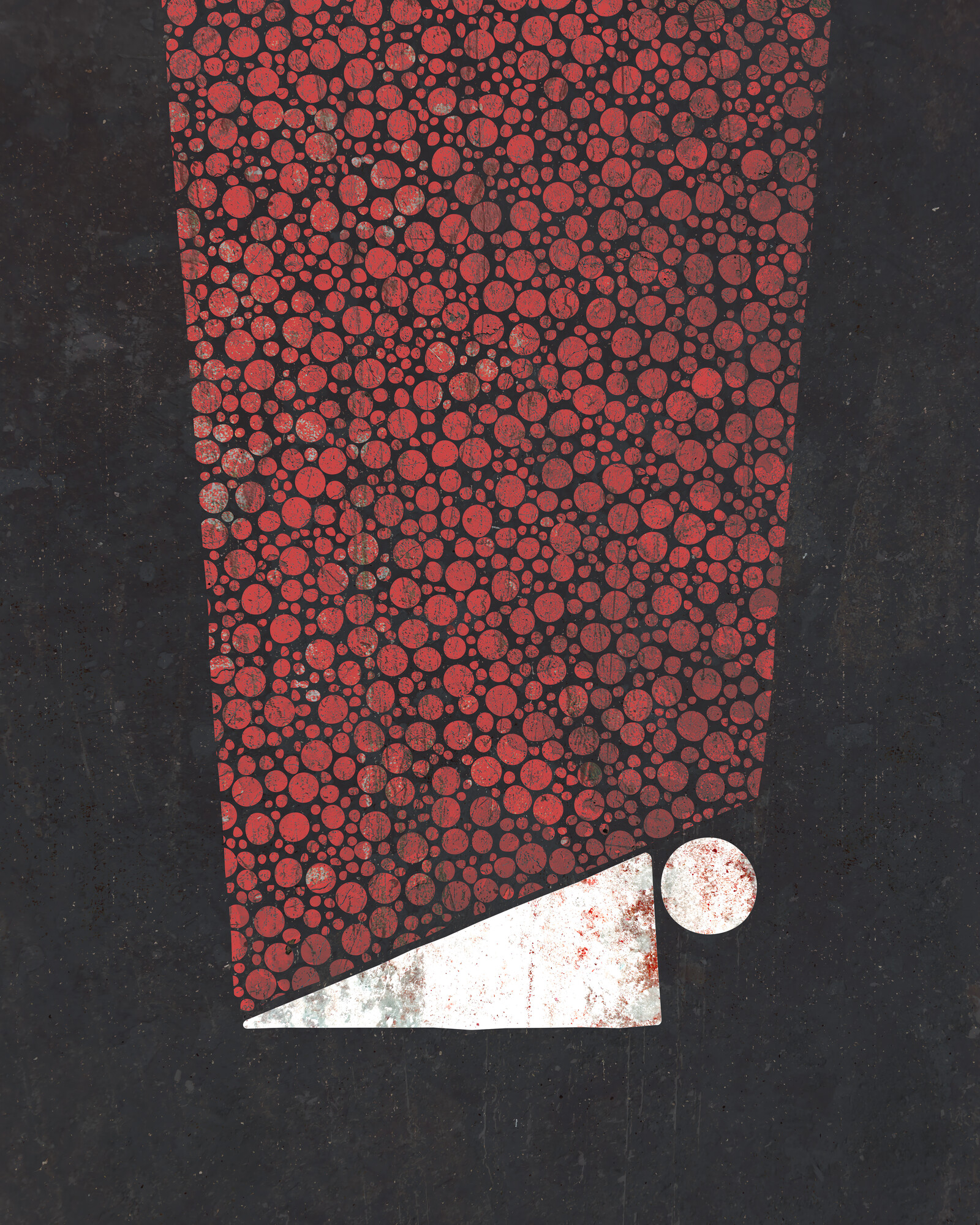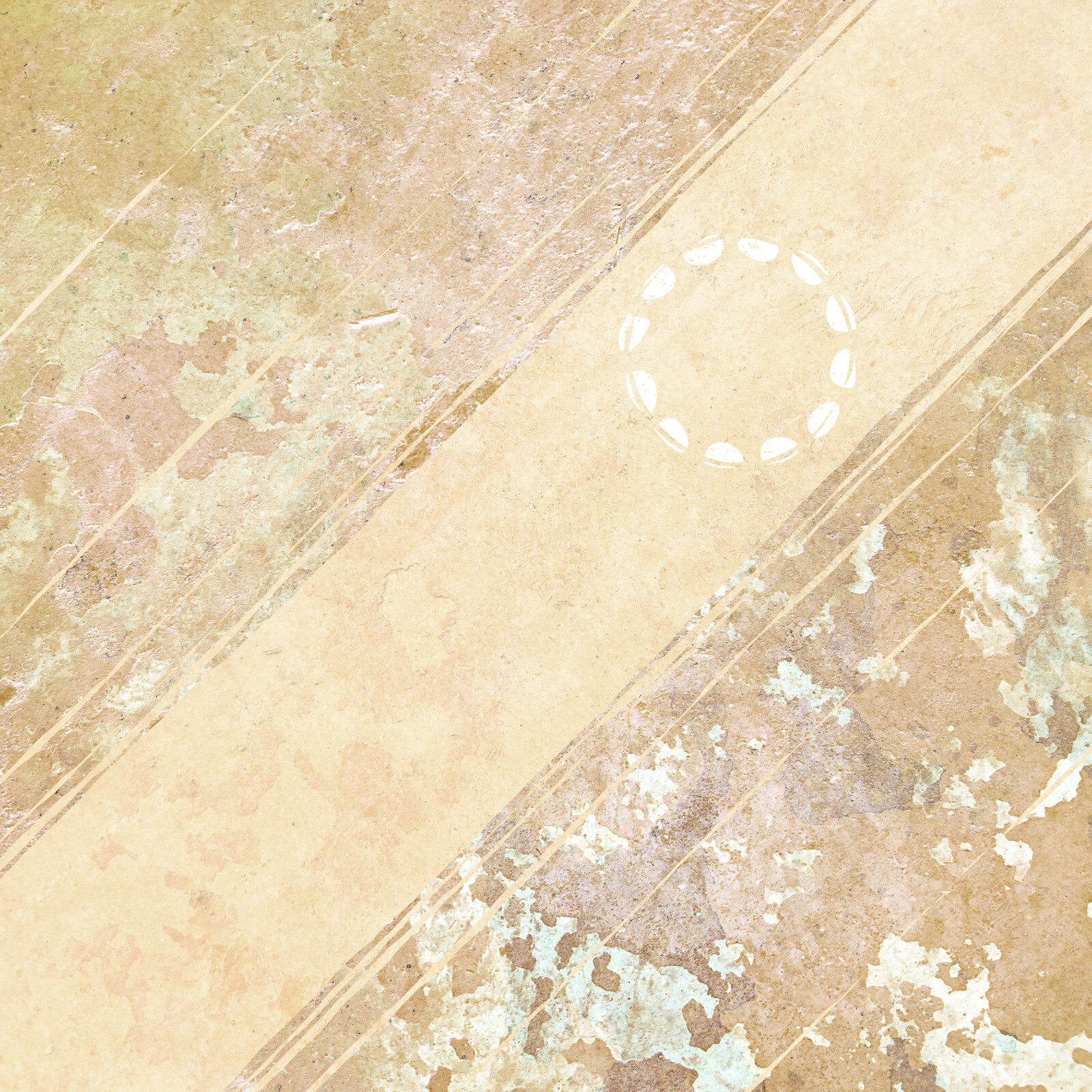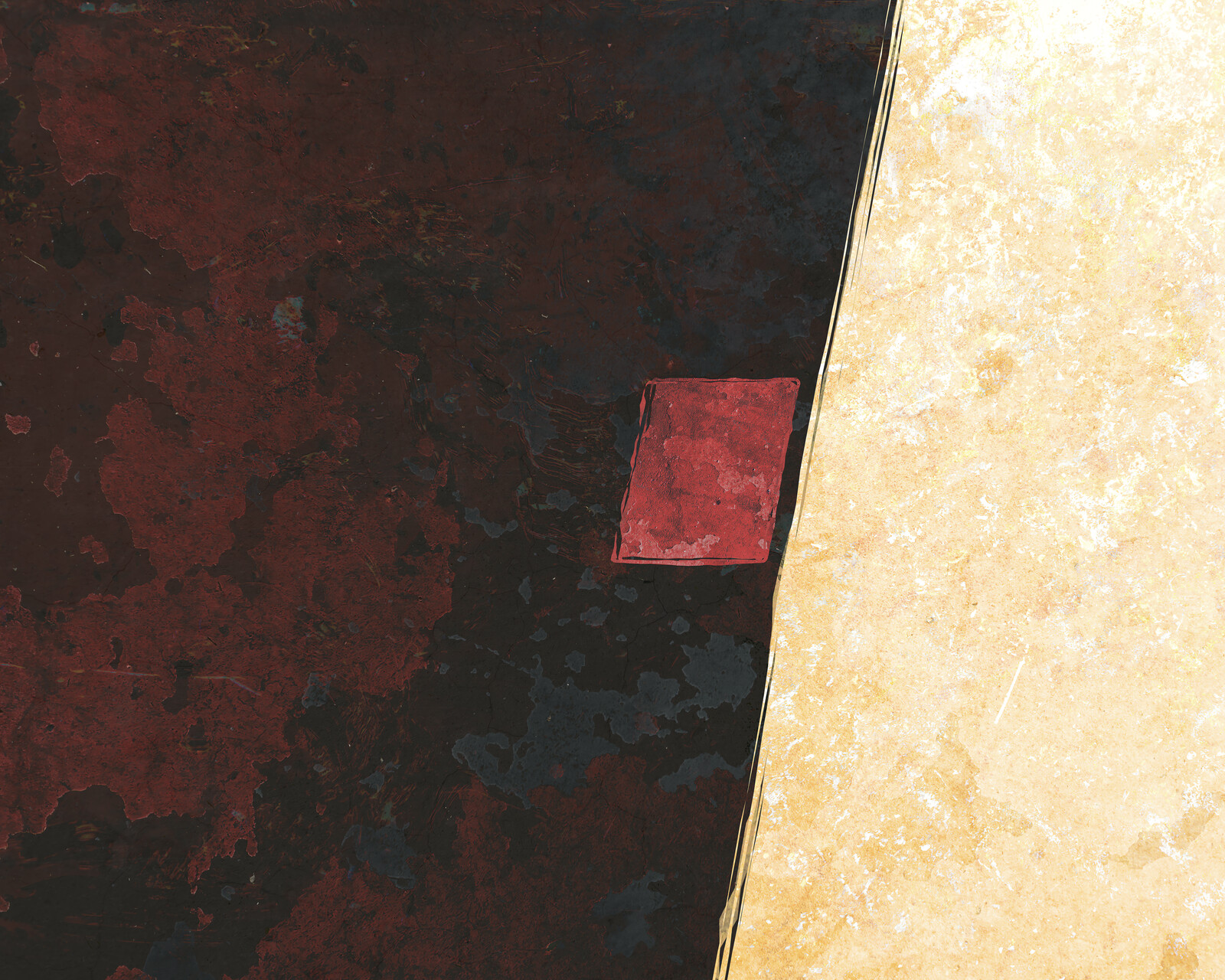Mandy Brown on personal sites. Particularly this part:
A website is, among other things, a container. The shape of that container both constrains and makes possible what goes within it. This is, I think, one of the primary justifications for having your own website. Not just so you can own your stuff (for some meaning of “ownership,” in a culture in which any billionaire can scrape your work without permission and copyright only protects the rich). Not just so you have a home base among the shifting winds of the various platforms, which rise and fall like brush before the fire. Not just so you can avoid setting up camp in a Nazi bar. But also so that you can shape the work—so that you can give shape to it, and in that shaping make possible work that couldn’t arise elsewhere.
Alan Jacobs on POS instead of POSSE, for personal sites. This is largely where I’m at nowadays, though I do reluctantly post art to Instagram and Facebook (for now, anyway).
Tracy Durnell on the secret power of a blog. “If you only write when you’re sure you’ll produce brilliance, you’ll never write.” I need to remember this.
Katie Clapham’s lovely Receipt from the Bookshop newsletter. “I open the draft when I open the shop, detail the day’s customers and transactions, and then send it out to readers before I go home.” I love this idea, and the newsletter itself is good, too.
Richard Rutter on the problem with superscripts and subscripts. I didn’t know about font-variant-position, cool. Also see Richard’s TODS default OpenType stylesheet.
Dan B. on how to build anything extremely quickly via the power of outlining.
Steven Arcangeli’s oil.nvim, a Neovim plugin that lets you edit your filesystem like a buffer. Cool idea.
Robin on AI. “I want real things by real people.” Yes, exactly.
Anastasia Bizyayeva on how every online map of China is wrong, in the sense that the satellite images don’t line up with the street map vectors. Fascinating.
Marco Giancotti suggests you don’t have time to read books that won’t change your life. A high bar, but quality clearly matters far more than quantity, and perhaps there’s something to keeping the bar this high. I’m not quite this strict about my reading, but who knows, might be worth trying.
The Psmiths review Jonathan Sumption’s The Albigensian Crusade and Dennis C. Rasmussen’s Fears of a Setting Sun. Love these reviews, and the books they’re reviewing are super interesting, too.
Sean Voisen on Wendell Berry writing without a computer. This stood out to me, particularly the part about writing by hand for a more embodied process.
Greg Neville’s blog on Penguin book cover designs. Fun. I’ve enjoyed the posts on the Marber grid and the Penguin classics and the classics (again).
Alice Vincent on Coralie Bickford-Smith’s Clothbound Classics cover designs for Penguin. Loved this. The accompanying video is also good.
Ted Chiang on why AI isn’t going to make art, with his main argument being that art involves lots of choices. Agreed. (Truth be told, I haven’t been giving AI much thought lately. I know there are new developments — OpenAI’s o1-previews reasoning model, for example — but none of it is terribly interesting to me anymore.)
Christopher Bonanos interviews Robert Caro about The Power Broker. Also, the ebook will at long last be available (for real this time!). It goes on sale tomorrow on the Kindle store. Great book.
Jim Nielsen on sanding UI. I do this too, and clicking around a ton really is key.
Hamilton Nolan on taxing billionaires 100% over $1 billion. I’m not an economist and don’t know what ramifications this might have, but on the face of it I really like the idea.
Matthias Endler on moving slow and fixing things and the harmfulness of the Paul Graham VC mentality. “As it turns out, I’ve always been drawn to the exact opposite: sustainable growth, robust solutions, and a long-term mindset. That’s why I’ve been contributing to open source for 15 years, why I only run small, bootstrapped businesses or non-profits, and why I focus on writing and knowledge sharing.
Matt Webb on not privatizing essential parts of the economy. Yes, this. I wish this were already true.
Adam Mastroianni’s blog extravaganza winners, with several interesting linked blog posts.
Alex Tabarrok quotes Vaclav Smil on how many workers it might have taken to build the Great Pyramid of Giza. Fewer than I expected.
Adrian Roselli’s semiannual reminder to learn and hire for web standards, wherein he quotes Alex Russell: “Never, ever hire for JavaScript framework skills. Instead, interview and hire only for fundamentals like web standards, accessibility, modern CSS, semantic HTML, and Web Components. This is doubly important if your system uses a framework.”
Mark Simonson’s Type Design Like It’s 1987 demo. I’ve only watched little parts of this so far, but it’s fascinating.
New hymn day! “Amazing Grace,” “This Is the Christ,” “My Shepherd Will Supply My Need,” and “Come, Lord Jesus,” among others.
After a decently long stint with Literata as the font on this site, I’ve switched to EBC Garamond. It’s my personal fork of the 8 pt size of EB Garamond — I like thicker fonts that don’t feel quite so digital, and the 8 pt version has that. I’ve fixed some glyph collisions (in the small caps), modified some of the glyphs I wasn’t happy with (widening the /p/, for example), turned off some default ligatures, and fine-tuned the kerning. This is still very much a work in progress and there are still changes I want to make, but it feels ready enough for use here.
A note on process: I opened the original SFDs from the repo in FontForge and exported UFOs. I’m using Fontra (which I’m quite liking, by the way) to edit the glyphs, and I hand-edit the OpenType feature definitions in Vim. I use fontmake to generate OTFs and pyftsubset to convert them to WOFF2. And I have a little testbed HTML file that I use to check in-browser whether I’m happy with the changes. It’s a decent dev experience.
And goodness, this is fun. I’m having a blast.


